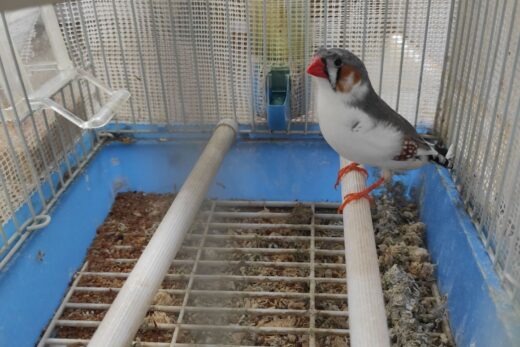
Discovering the Fascinating World of Big Earthworms
When it comes to the natural wonders of our planet, the earthworm might not be the first creature that springs to mind. However, the big earthworm, often overshadowed by its more charismatic counterparts, plays a crucial role in our ecosystems. Today, we’ll explore the intriguing life of these underground giants, their benefits to the environment, and some fun facts that might surprise you.
The Basics: What Are Big Earthworms?
Big earthworms, often referred to as lumbricus terrestris, belong to a class of segmented worms known as annelids. These fascinating creatures can grow up to 14 inches in length, making them one of the largest types of earthworms. With their soft, elongated bodies and a unique ability to regenerate lost segments, big earthworms have adapted well to various environments, ranging from moist forest floors to rich agricultural lands.
These worms play a significant role in soil health. As they burrow through the ground, they create channels that allow for better aeration and drainage. Their feeding habits also contribute to the decomposition of organic matter, effectively recycling nutrients back into the soil.
The Role of Big Earthworms in Ecosystems
Big earthworms are essential for maintaining a healthy ecosystem. They serve as a natural tiller for the soil, breaking up compacted earth and creating spaces for plant roots to grow and absorb water and nutrients more effectively. In fact, just one acre of soil can host millions of these wriggling wonders!
Their feeding habits help decompose organic matter such as dead leaves and plant material, turning them into nutrient-rich worm castings that act as a natural fertilizer. This process not only enhances soil fertility but also promotes healthier plant growth. Farmers often value big earthworms for their natural contribution to agriculture.
Where to Find Big Earthworms
If you’re curious about where to find these impressive creatures, you don’t have to search far! Big earthworms thrive in moist, healthy soil typically found in gardens, forests, and meadows. They are particularly abundant in compost piles where organic material is plentiful.
If you’ve ever dug into a garden after a heavy rain, you may have noticed these worms surfacing. This behavior is a survival mechanism; they come to the surface to escape an environment that becomes too saturated with water, as worms breathe through their skin and need a moist environment to survive.
Feeding Habits and Diet
So, what do big earthworms eat? These creatures primarily consume organic matter, such as decaying leaves, grasses, and dead plants. They play a crucial role in breaking down this organic material, turning it into rich humus that improves soil quality. Interestingly, they don’t have teeth; instead, they possess a gizzard that grinds food, allowing them to effectively digest their meals.
As they consume organic material, big earthworms also ingest soil, which is rich in minerals. This mixture is excreted as castings—nutrient-dense pellets that are a gardener’s dream fertilizer!
The Benefits of Big Earthworms in Gardening
Gardeners and farmers alike have known for centuries that big earthworms are valuable allies in maintaining healthy soil. Due to their burrowing and feeding, they improve soil structure, aeration, and drainage, which leads to better water retention—a critical aspect during drought conditions.
Additionally, their castings are packed with essential nutrients such as nitrogen, phosphorus, and potassium, providing a natural fertilizer that promotes robust plant growth. With their help, plants can grow stronger and healthier, leading to improved yields for crops and more vibrant gardens.
A Unique Tip About Big Earthworms
Did you know that big earthworms have the ability to regenerate lost body segments? This incredible adaptation is a survival mechanism that allows them to survive when faced with predators or injury. If they lose a segment, they can regenerate it over time, making them more resilient than many other creatures in the ecosystem. This regenerative capability can vary depending on the species and conditions in which the worm finds itself, but it showcases the remarkable adaptability of these creatures.
Conclusion
In conclusion, big earthworms are not only fascinating creatures but are also vital to our ecosystems. Their impressive abilities to aerate soil and contribute to nutrient recycling make them an essential component of healthy environments. Whether you see them in your garden or in the wild, remember the significant role they play in maintaining the balance of nature. So next time you spot one wriggling away, take a moment to appreciate this unsung hero of the earth!



